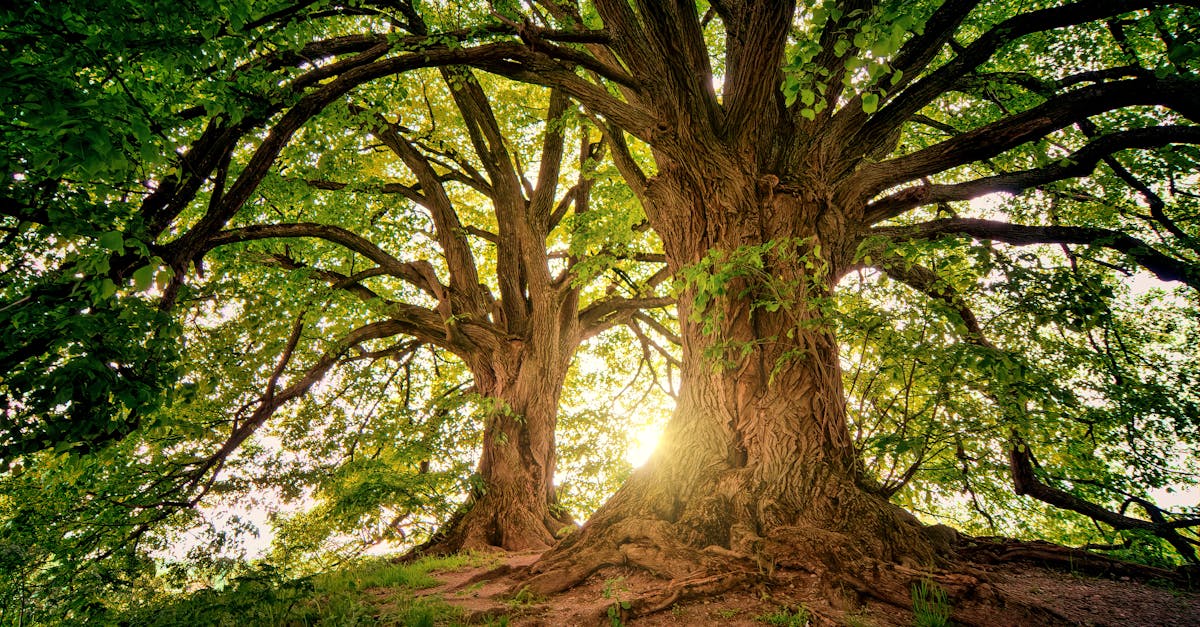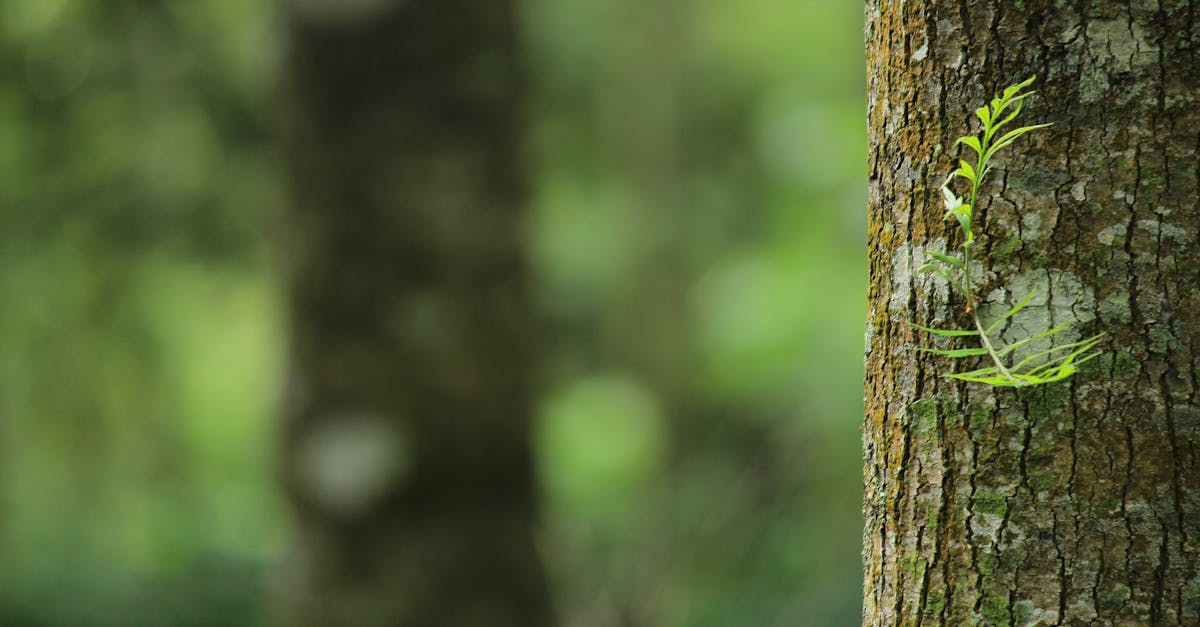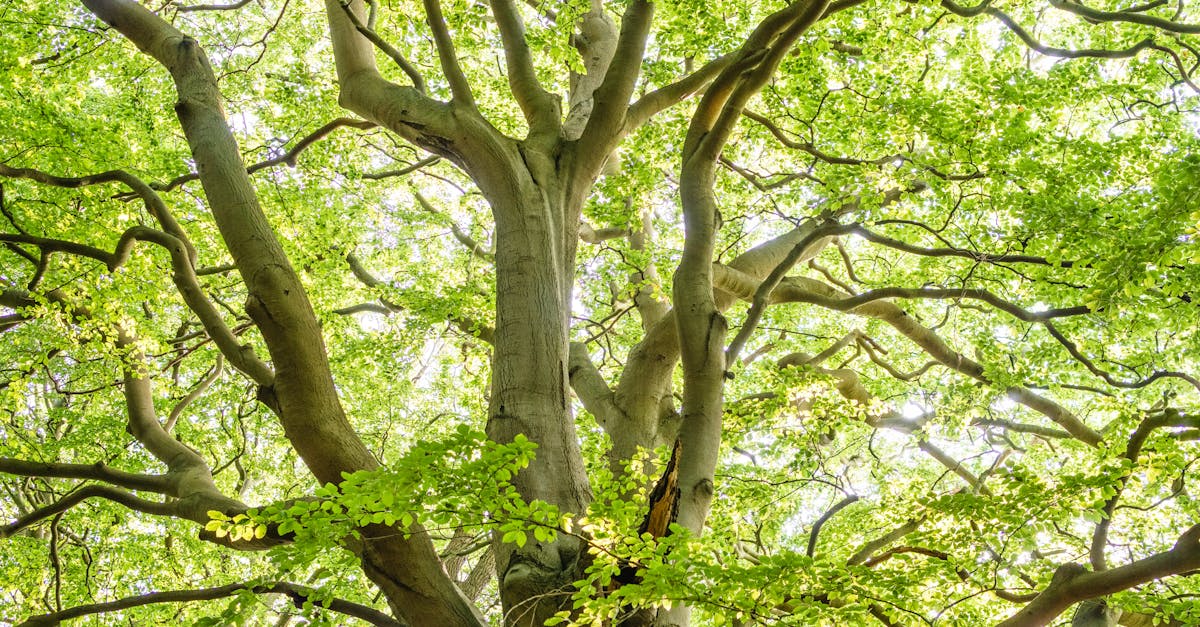
Safety Precautions to Take
Safety precautions are essential when embarking on the task of stump removal, whether through grinding or digging. Prior to starting any work, it is crucial to identify and mark any underground utilities such as gas, water, or electrical lines. Contacting the local utility companies or utilizing services that specialize in locating underground utilities can prevent accidents and potential damages. Additionally, using appropriate personal protective equipment like gloves, goggles, and hearing protection is imperative to ensure the safety of individuals involved in stump removal activities. When searching for professional services, one might consider searching for "Stump Grinding near me" to find reputable providers in the area who can safely manage the task while adhering to industry standards.
Furthermore, ensuring that all necessary tools and equipment are in good working condition can help prevent accidents and mishaps during the stump removal process. Regularly maintaining tools such as chainsaws, grinders, and digging equipment is vital to guarantee their efficiency and reduce the risk of malfunctions. Properly positioning any machinery or equipment used for stump removal is paramount to avoid tripping hazards or accidents. By being vigilant and adhering to essential safety precautions, individuals can approach stump removal with confidence and reduce the likelihood of injuries or damages.
Potential Hazards in Stump Digging
Potential Hazards in Stump Digging:
Stump digging is a labor-intensive process that poses various risks to both individuals and property. One of the key hazards involved in digging up a stump is the potential damage to underground utilities such as gas, water, and electrical lines. Without accurate information on the location of these utilities, there is a significant risk of unintentional damage, leading to hazardous situations and costly repairs. Moreover, the use of heavy equipment during stump digging can further increase the risk of accidents, especially if carried out by inexperienced individuals or without proper supervision. Therefore, it is crucial to exercise caution and follow safety protocols when undertaking stump removal activities to prevent any untoward incidents in residential areas like "Stump Grinding near me."
Another hazard associated with stump digging is the presence of underground obstacles or debris that may not be visible from the surface. These hidden obstructions can pose a risk of equipment damage or personal injury if they are struck during the digging process. Additionally, the manual labor involved in stump removal can result in muscle strains, back injuries, and other physical strains if proper lifting techniques are not employed. To mitigate these dangers, it is essential to conduct a thorough assessment of the stump site and surrounding area before commencing digging activities. By being mindful of these potential hazards and implementing necessary safety precautions, individuals can safely navigate the challenges of stump removal in their local area, such as "Stump Grinding near me."
ReGrowth Prevention Methods
It is crucial to prevent re-growth after removing a stump from your property. One effective method is to apply a chemical stump killer or herbicide directly to the freshly cut surface of the stump. This helps to kill the root system and prevents the stump from sprouting new shoots. Additionally, covering the stump with a tarp or plastic sheet can deprive it of sunlight, further inhibiting any re-growth. If you are uncertain about the best approach for re-growth prevention, consider consulting a professional tree service that specializes in Stump Grinding near me to ensure the job is done thoroughly and efficiently.
Another method to deter re-growth is to physically remove as much of the root system as possible. This involves digging around the stump and severing the roots using a sharp spade or ax. By removing the roots, you eliminate the possibility of new shoots emerging from the remaining underground network. It is essential to be thorough in this process to prevent any future surprises of regrowth. If you lack the necessary tools or expertise to carry out root removal effectively, it may be wise to seek assistance from professionals offering Stump Grinding near me for a more comprehensive and lasting solution.
Stump Grinding Residuals and Root System
When opting for stump grinding, homeowners must consider the residuals left behind after the process. While stump grinding is efficient in removing the visible part of the stump, the root system remains intact underground. These roots can decay over time and may attract pests or fungal growth, potentially affecting the surrounding landscape. Homeowners seeking comprehensive stump removal solutions should consult professional services for a thorough root system assessment and extraction to prevent future issues. To find reliable stump grinding services in your area, search for "Stump Grinding near me" to connect with local experts.
In addition to the residual roots left underground, stump grinding produces wood chips and debris that may cover the immediate area. Although these wood chips can serve as natural mulch, they can also pose challenges if not properly managed. Homeowners should explore disposal options for the wood chips to prevent them from becoming a hindrance or an eyesore in their landscape. Professional stump grinding services often include debris removal as part of their offerings, ensuring a tidy and well-maintained outdoor space post-stump removal. To find comprehensive stump grinding services that encompass debris removal, look for reputable providers by searching "Stump Grinding near me."
Aesthetics and Land Use
When considering the aesthetic impact and land use implications of removing a stump, both stump grinding and digging up the stump have distinct outcomes. Stump grinding near me may be preferred for its ability to efficiently remove the stump below the surface, resulting in minimal disturbance to the surrounding landscape. This method often leaves behind mulch-like residuals that can be used in the garden or easily decomposed into the soil, promoting healthier plant growth in the area.
On the other hand, digging up a stump may offer a more thorough removal process but can be labor-intensive and may disrupt the soil structure. This could lead to potential issues with replanting or grass growth in the future. If aesthetics and land use are key considerations for your property, exploring the options of stump grinding near me versus digging up the stump can help in making an informed decision that aligns with your landscaping goals.
Replacing Stump with New Plantings
When considering the task of replacing a stump with new plantings, it is essential to plan the process meticulously. Firstly, after removing the stump through grinding or digging, assessing the soil quality becomes imperative. By ascertaining the soil's condition, you can determine the appropriate plants or trees that will thrive in the area. Whether opting for flowering plants, shrubs, or trees, matching the flora to the soil composition is pivotal. Accessing professional services such as "Stump Grinding near me" can aid in the effective removal of the stump and provide guidance on the best replacement options to enhance the surrounding landscape.
Another significant aspect to consider when replanting after stump removal is the spacing and arrangement of the new plantings. Careful planning can ensure that the new plants not only fill the gap left by the removed stump but also contribute positively to the overall aesthetics of the area. Moreover, selecting plants that require minimal maintenance and complement the existing foliage can result in a harmonious and visually appealing landscape. By engaging with experts in stump removal and landscaping, individuals can receive tailored advice on re-planting strategies post stump removal, enhancing the beauty and functionality of the outdoor space.
FAQS
Is grinding a stump better than digging it up?
Grinding a stump is generally considered a more efficient and less labor-intensive method compared to digging it up.
What are some safety precautions to take when grinding or digging up a stump?
When engaging in stump grinding or digging, it is important to wear protective gear such as gloves, goggles, and ear protection. Additionally, ensure there are no underground utilities in the area.
Are there potential hazards associated with digging up a stump?
Yes, there are potential hazards in stump digging, including damaging underground utilities, injury from tools or machinery, and destabilizing the surrounding soil.
How can re-growth of a stump be prevented?
To prevent re-growth of a stump, it is important to remove as much of the root system as possible during either grinding or digging. Applying herbicides can also help prevent re-growth.
What are the residuals of stump grinding and how do they affect the root system?
Stump grinding residuals consist of wood chips and sawdust. These residuals can be left in the ground to decompose and enrich the soil. The root system is typically removed during grinding, which can prevent regrowth.
In terms of aesthetics and land use, should I replace a stump with new plantings?
If aesthetics and land use are important factors, replacing a stump with new plantings can enhance the appearance of your landscape and provide environmental benefits. Consider planting trees or shrubs in place of the removed stump.


